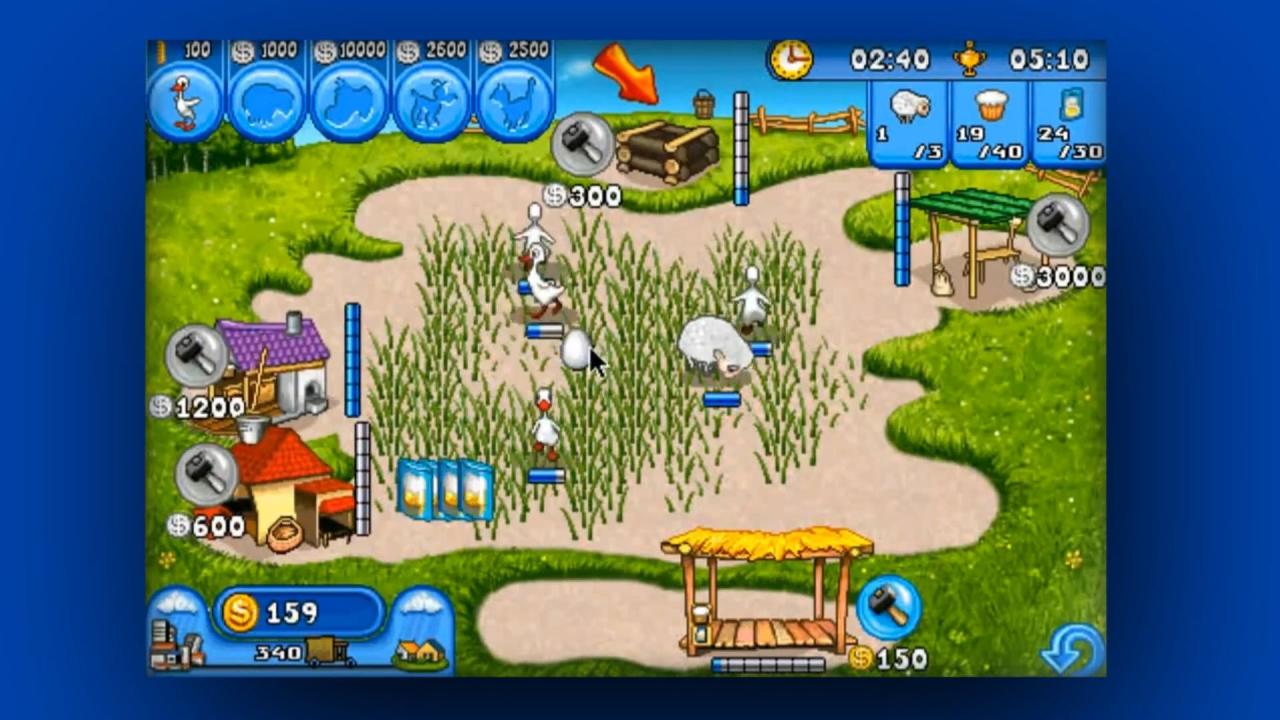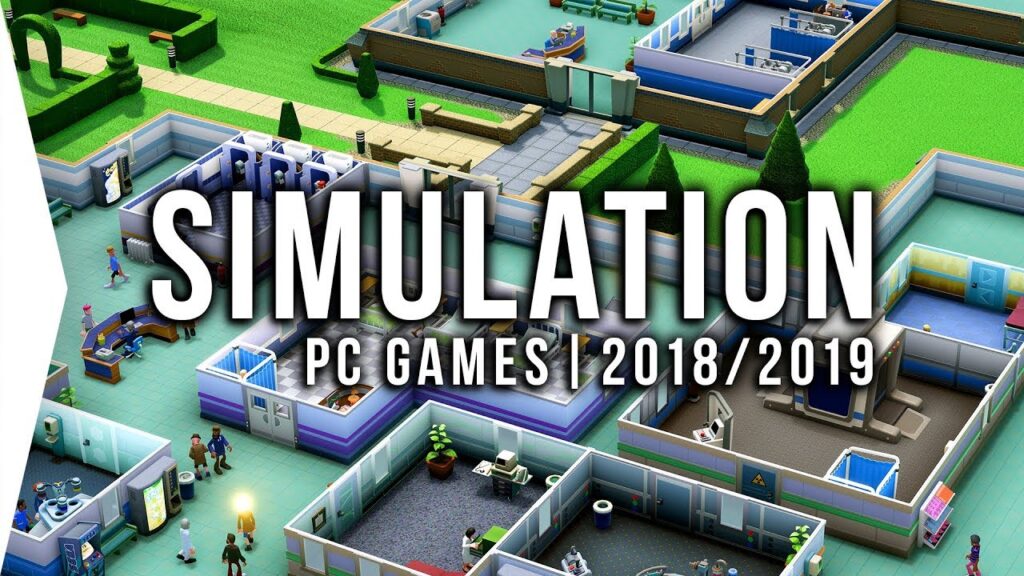Web game takes center stage as a vibrant and innovative sector in the gaming industry, blending creativity with technology to engage players worldwide. From the inception of an idea to the final launch, the game development process is a meticulous journey that involves various roles, including designers, developers, and testers, each contributing unique expertise. With a plethora of tools and technologies at their disposal, these professionals craft engaging experiences that captivate diverse audiences.
Exploring popular genres such as puzzle, strategy, and action reveals the distinct features that define gameplay and attract different player demographics. As emerging trends reshape the landscape of web games, understanding these shifts is crucial for developers aiming to stay relevant in a rapidly evolving market.
Game Development Process for Web Games

The development of web games involves a multi-faceted process that takes a game from an initial concept to a fully launched product. This journey encompasses various stages that require collaboration among different roles including designers, developers, and testers. Understanding these stages and the tools used can help streamline the game creation process and lead to successful outcomes.
Stages of Development
The game development process can be broken down into several critical stages:
- Conceptualization: This stage involves brainstorming ideas, defining the game’s theme, and identifying the target audience. It sets the foundation for the entire project.
- Pre-production: Planning takes place here, including creating design documents, storyboards, and prototypes. This is also when budgeting and scheduling are established.
- Production: The core development occurs in this phase. Designers create artwork and animations, while developers code the game mechanics and integrate all game elements.
- Testing: Quality assurance is essential to identify bugs and ensure the game operates as intended. Testers play through the game and provide feedback on gameplay, graphics, and usability.
- Launch: Once testing is complete and the game meets quality standards, it is released to the public. Marketing strategies are also implemented to promote the game.
- Post-launch: After the game is live, ongoing support is necessary. Developers may release patches, updates, or downloadable content (DLC) based on player feedback.
Roles in Game Creation
Each role in the game development team contributes uniquely to the overall project. The primary roles include:
- Designers: They are responsible for the visual aesthetics of the game, including character design, environment art, and user interface (UI) design. Designers ensure the game is engaging and visually appealing.
- Developers: This group handles the coding and technical aspects of the game. They implement game mechanics, work with tools and frameworks, and ensure the game runs smoothly on different browsers and devices.
- Testers: Also known as quality assurance testers, they play a significant role in finding bugs and ensuring the game is enjoyable. Their feedback is crucial for making necessary improvements before the official launch.
Tools and Technologies
Various tools and technologies are utilized throughout the game development process to aid designers, developers, and testers.
- Game Engines: Popular engines like Unity and Phaser provide a framework for building games efficiently. They come equipped with features that streamline the development process.
- Graphics Tools: Software such as Adobe Photoshop and Blender are commonly used for creating and animating game artwork.
- Version Control: Tools like Git help teams manage code changes and collaborate effectively, ensuring that all team members are on the same page.
- Collaboration Tools: Platforms like Trello and Slack facilitate communication among team members and help keep the project organized.
- Web Technologies: HTML5, CSS, and JavaScript are essential for building web games, allowing for cross-platform compatibility and responsive design.
“The right set of tools can significantly enhance the efficiency and creativity of the game development process.”
Popular Genres of Web Games

The world of web games is rich and diverse, attracting players from different backgrounds and interests. With advancements in technology and the rise of online platforms, various genres have emerged, each offering unique experiences tailored to specific audiences. Understanding these genres is essential for developers and players alike, as they influence gameplay mechanics, narrative structures, and player engagement.
Different genres of web games present varied gameplay dynamics, often targeting distinct audience preferences. The primary genres include puzzle, strategy, and action, each characterized by unique elements that set them apart from one another. This differentiation is essential for identifying which games appeal to certain player demographics and how the gaming market can adapt to trends and changing player expectations.
Puzzle Games
Puzzle games are designed to challenge players’ problem-solving skills through logic, pattern recognition, or spatial awareness. These games often feature mechanics that require players to complete tasks by manipulating objects or solving riddles. Popular examples include “Candy Crush” and “Tetris,” which engage users with escalating levels of difficulty and visually appealing designs. The audience for puzzle games typically includes casual gamers looking for quick, satisfying gameplay sessions.
Key features of puzzle games include:
- Simple mechanics that are easy to learn but challenging to master.
- Incremental difficulty levels that encourage continuous play.
- Time-limited challenges or turn-based mechanics that enhance competitive play.
These elements contribute to the genre’s widespread appeal, making it particularly attractive to players who seek both relaxation and mental engagement.
Strategy Games
Strategy games emphasize critical thinking and planning, often involving resource management and tactical decision-making. Titles such as “Civilization” and “Starcraft” require players to think several steps ahead, making strategic choices that will dictate their success or failure. The audience for strategy games generally includes more dedicated gamers who enjoy complex gameplay and long-term engagement.
Distinctive characteristics of strategy games are:
- Deep gameplay mechanics with multifaceted systems that require strategic planning.
- Possibility of both single-player and multiplayer modes, fostering community engagement.
- Varied scenarios and outcomes based on player decisions, enhancing replayability.
These features allow strategy games to captivate players who appreciate depth in gameplay and the thrill of competition.
Action Games, Web game
Action games are defined by fast-paced gameplay that requires quick reflexes and hand-eye coordination. Examples include “Call of Duty” and “Super Mario Bros,” which immerse players in thrilling scenarios filled with obstacles, enemies, and immediate challenges. The audience for action games tends to be younger players seeking excitement and adrenaline-fueled experiences.
Notable aspects of action games consist of:
- Fast-paced gameplay that demands quick reactions and precise controls.
- Exciting visuals and sound effects that enhance the gaming experience.
- Variety of game modes, including competitive and cooperative play.
These components make action games incredibly engaging, drawing in players who thrive on excitement and skill-based challenges.
Emerging Trends in Web Game Genres
The gaming landscape is constantly evolving, with emerging trends shaping the future of web game genres. Among these trends are the increasing popularity of cooperative multiplayer experiences and the integration of virtual reality (VR) and augmented reality (AR) elements into traditional genres. Games like “Among Us” and “Fortnite” showcase the rising demand for social interaction and collaborative gameplay, allowing players to connect in meaningful ways.
The impact of these trends on the gaming market is significant. As developers embrace new technologies, they create innovative experiences that attract both casual and hardcore players. The potential for cross-platform play further broadens the audience, enabling players to engage with games on various devices. As gaming continues to adapt to societal trends and technological advancements, the possibilities for new genres and gameplay experiences are limitless.
Monetization Strategies for Web Games

Monetization is a critical aspect of web game development, directly impacting the financial sustainability and growth of a project. Developers often face the challenge of selecting an effective model that aligns with their game design and target audience. The primary monetization strategies encompass freemium models, advertising, and subscription services, each with its unique advantages and disadvantages.
Freemium Model
The freemium model allows players to access the game for free while offering in-game purchases for additional content or features. This strategy is popular for its accessibility, drawing in a large player base.
- Advantages:
Increased user acquisition due to zero initial cost for players.
Developers can generate revenue from a small percentage of players willing to spend on in-game items, which can lead to high overall earnings if the player base is large enough.
- Disadvantages:
Many players may never make purchases, leading to heavy reliance on a small group of spenders. Additionally, balancing free content with paid content can be challenging to maintain player engagement.
Advertising Model
The advertising model involves integrating ads into the game, earning revenue based on impressions, clicks, or in some cases, completed ad views. This method can generate a steady income without requiring players to spend money.
- Advantages:
Non-intrusive ad placements can enhance revenue without directly charging players.
Games can remain free to play, attracting a larger audience and fostering community.
- Disadvantages:
To avoid disrupting gameplay, ad placement must be carefully designed. Excessive advertising can lead to player frustration and abandonment of the game.
Subscription Services
Subscription models require players to pay a recurring fee to access the game or exclusive content. This can create a consistent revenue stream for developers.
- Advantages:
Predictable income allows for better budgeting and planning for updates and expansions.
Players who subscribe often feel more invested in the game, leading to higher retention rates.
- Disadvantages:
A subscription model may deter casual players who are less willing to commit financially. Additionally, constant delivery of quality content is necessary to maintain subscriber satisfaction.
Case Studies of Successful Web Games
Several web games have effectively utilized these monetization strategies, leading to substantial success.
- Fortnite: This battle royale game employs a freemium model, allowing free access with optional in-game purchases for skins and battle passes. It has become a cultural phenomenon, generating billions in revenue from a small percentage of players who spend on cosmetic items.
- Angry Birds: Initially free with in-game advertisements, this game transitioned into a freemium model where players can purchase additional levels and characters. Its success demonstrates the effectiveness of transitioning monetization strategies over time.
- World of Warcraft: This title operates on a subscription-based model, requiring a monthly fee for access to a vast, engaging world. Its long-standing player base and continuous updates showcase the sustainability of subscription services in web gaming.
Ending Remarks: Web Game

In summary, the world of web games is a dynamic arena where creativity meets technology, offering immense growth potential for both players and developers. By leveraging effective monetization strategies and keeping a pulse on genre trends, the future of web games shines brightly, promising exciting innovations and engaging experiences that will undoubtedly shape the gaming market for years to come.


